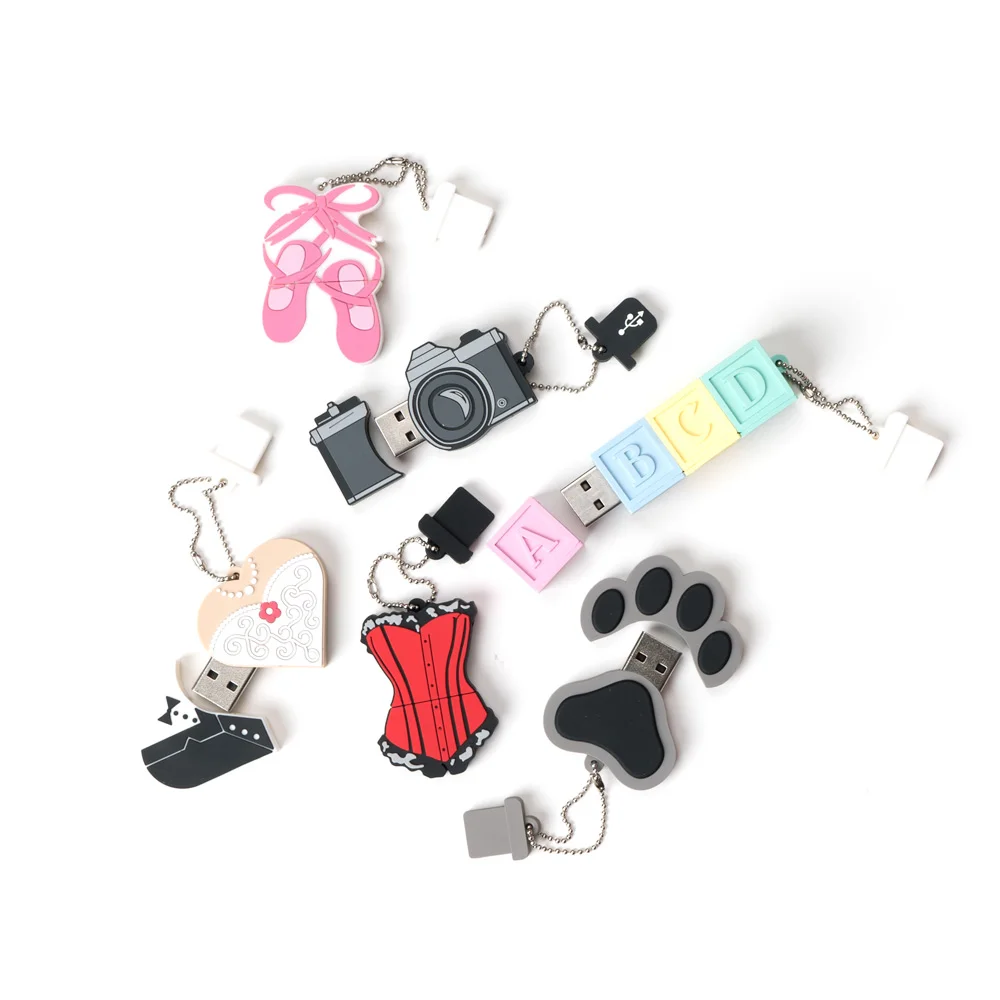For years, the only practical way to share photographs was with a photographic print. I remember when my parents wanted to share photos with the grandparents or friends, it involved a trip to the Walgreens, circling the negative you wanted to be printed in one of those polyester film sleeves, ordering enough prints to make sure that everyone got a copy. (My grandmothers lived in the same complex and you certainly didn’t want to send one something that the other one didn’t get.) After a week or so, we’d get the prints and then pop them into the mail. Easy peasy.
With digital photography, we share computer files. Early on it was diskettes, and then we graduated to Compact Disks (CD). Soon that was outdated and then came along Digital Video Disc (DVD) - a media that never seemed to work smoothly.
But a couple years ago I bought another laptop - an Apple MacBook Air. It was the first device with no built-in drive for removable media like diskettes, CDs or DVDs. Welcome to the flash drive era.
The flash drive is a media that is far superior to the CD/DVD yet it seems that no-one can agree on what to call them. You’ll see them called flash drives, thumb drives, jump drives, pen drives, memory sticks and super cool bitchin storage drives. (Ok, I made that one up.)
Unlike the standard disk storage drives in most computers, a flash drive has no moving parts. It is an integrated circuit designed to store data. The most common external flash drives attached to your computer via the USB connector.
These devices are little marvels. Available in a staggering array of shapes and sizes, they are perfect for not only sharing your images but they grab the users attention too. This makes them perfect for promotions, gift giving and so much more.
When buying flash drives there are a few things to consider.
- Are you going for functionality or will you use the flash drive to help make a statement?
- How much storage do you need?
- How much time do you have?
Let’s start from the bottom of that list. There are lots of flash drives but they are not all created equal. Even if they seem to have the same specifications. One of the most fundamental differences is the USB technology. USB 2.0 vs USB 3.0. The 3.0 is much faster than the 2.0. But even beyond that, if speed and reliability are critical, you need to make sure you buy a high-quality USB drive.
You can find flash drives from small kilobyte sizes up to terabyte drives. The most common range today is about 4GB to 64GB.
Finally, simple, functional storage or make a statement. This is where creatives find a whole new toy in the sandbox.
Tony and I met with our friend, Brian Campbell, the president of PhotoFlashDrive, Inc., in Nashville this year at Imaging USA. Brian has been a great supporter of Corbell Workshops but it was a very short conversation because his booth was like a beehive of activity.
It was wonderful to see all the creative ways they have for delivering digital files. You don’t have to settle for a boring plastic flash drive. You can get a bejeweled camera flash drive or pastel baby shoe flash drive.
Take a look at all PhotoFlashDrives has to offer. They are launching a new look to their site and are celebrating by offering a 35% discount on all orders. Use the code PARTYTIME to take advantage of this discount through Feb 23.



